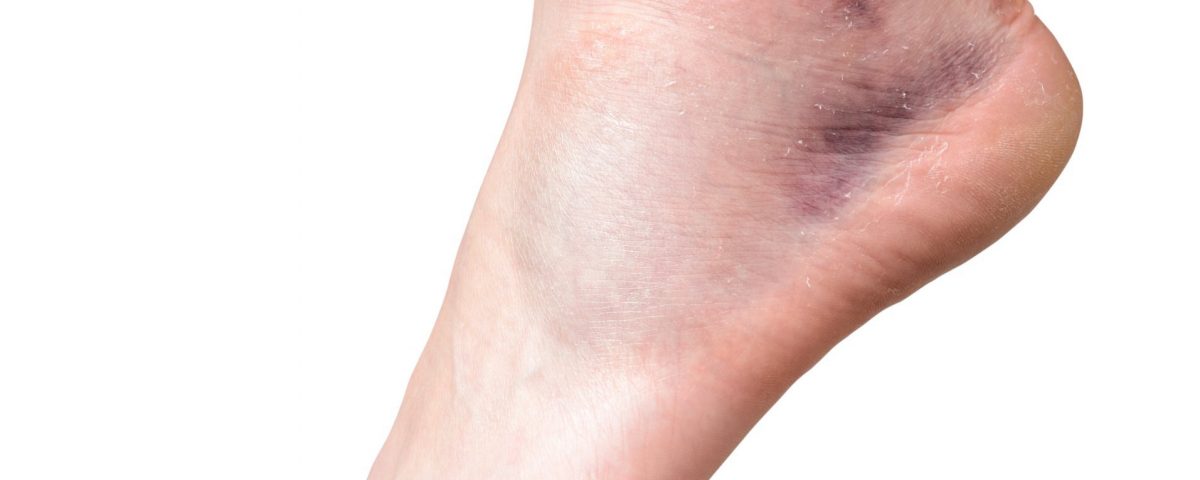
Ankle sprains are one amongst the most common injuries for athletes. Athletes frequently experience ankle sprain when they land on an uneven surface. Ankle sprain occurs when your ankle ligaments don’t adequately support your joint and your foot turns inward.
It is better to identify the severity of your ankle sprain so that you can get back in the action as soon as possible.
Ligaments are important connective tissues that stabilize the ankle and provide stability to your ankle joint. The ligaments that protect the ankle joint are stretched too far and may even tear. In an inversion ankle sprain, the Anterior Talofibular Ligament (ATFL), Posterior Talofibular Ligament (PTFL), and the Calcaneofibular Ligament (CFL) may be sprained.
Having a history of a prior ankle sprain puts you at a greater risk of experiencing another in the future. Understanding the severity of your ankle sprain can help you understand how fast it will heal. There are three grades of inversion ankle sprains-
Also, it is worth mentioning about a high ankle sprain, it is a completely different type of sprain, but in this case, the connecting structure located between the two lower leg bones is sprained. This area is located just above the ankle. Recovery from this type of ankle sprain varies greatly but is often much longer than an inversion ankle sprain.
Protect, Rest, Ice, Compress, and Elevate, helps in minor ankle sprains.
Moderate to severe sprains may require more attention. It is best to see a physical therapist early to start the appropriate treatment. Seeking treatment early improves recovery time. Getting treatment early may also help reduce your risk of the injury becoming a chronic (long-lasting) issue.
Early treatment for an ankle sprain may also require taping, splinting, or use of a brace. Physical therapy treatment typically focuses on pain relief, restoring your ankle mobility, swelling management, gait training, & strengthening. Late-stage recovery includes strengthening exercises, balance training, and endurance activities. The final stage of recovery includes plyometric exercises, sport-specific training drills, and learning how to prevent re-injury